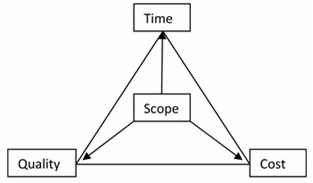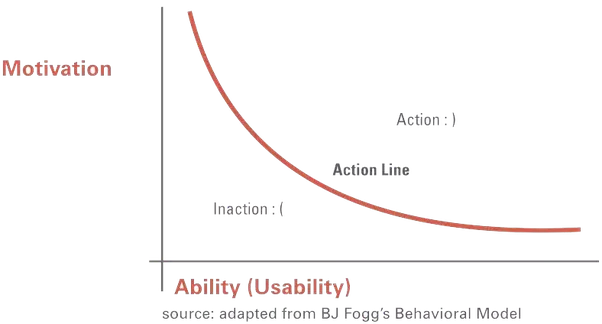Monolithic vs Microservices systems is now a hot topic that a product manager will probably encounter when they tune their interface with the development team.
What is a monolithic system?
In a nutshell, your system is called a monolith when you have all components like authentication, authorization, product catalogue.. etc in the same codebase.
What is a microservices system?
Instead of having a single codebase that has all your components, you have a web of individual codebases and individual services that work together to deliver the application.
Usually, when you move to microservices, the importance of testing goes up dramatically Continue reading


